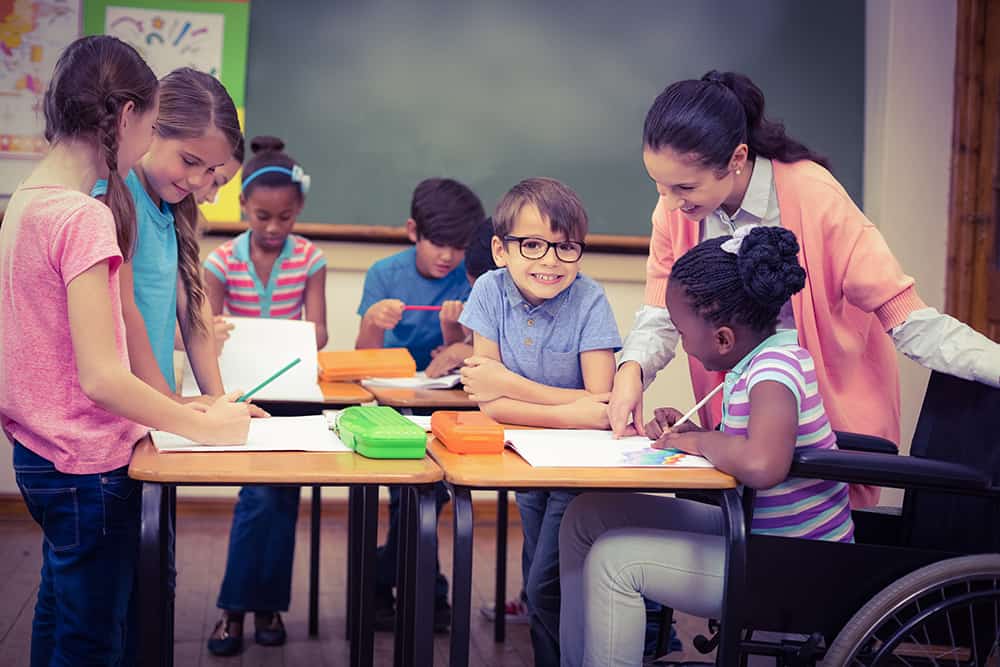Shyer kids, especially ones with learning disabilities, may have more difficulty making friends than extroverted peers. Their shyness can be so much of an issue that they hesitate to participate in school activities.
Kids with learning disabilities, however, may withdraw from others and feel anxious in social situations because they feel different, or they worry others will reject them from the group.
Unfortunately, regardless of the cause, shyness can prevent kids from making new friends and growing a sense of well-being and happiness. As a parent, you can take steps to influence your shy children to come out of their shells and grow friendships with other kids.
The following tips can help get them to open up.
Awaken your child’s inner curiosity.
Fill a small box with toys or games that involve interaction with others, and put it among a small group of kids, including your shy child. Tell the kids to take turns drawing things from the box. When they’re done, direct them to find the kids who drew the same things they did and have them play together for 10-20 minutes. Then, have them put the things back into the box. Pick out a new box and have them draw one more time for the chance to make a new friend or playmate.
Get them involved in crafts.
Start by arranging craft workspaces so that kids work in groups of 2-4. Position containers of materials needed to make the crafts towards teh center of the group. This can help shy students learn to tolerate other kids close to them as they begin focusing on the craft. As kids get more comfortable having other students nearby, they can begin making eye contact, sharing, and conversing with one another.
Get outside to encourage interaction.
Start with games that don’t require much contact with others, and gradually introduce activities that require more. For example, you can start with dodgeball or kickball. As kids grow comfortable, you can start adding games that require more interaction and proximity amongst the participants, like basketball or board games.
Manage your expectations.
While the above activities won’t transform your child into a social butterfly overnight, exploding them icebreakers like those listed allows them to see that other kids aren’t so bad. Maybe, they even share a few shared interests with them. If the icebreakers don’t result in an immediate friendship, don’t worry. Take heart in knowing that just by playing and interacting with their peers, they took a big step.
Getting additional help
If your child has a learning disability and you feel they could benefit from additional support in getting out of their shell, call or request an appointment at Abbey Neuropsychological Clinic for help. We’re virtual and can help you and your child, no matter where you live.
Sources


Leave a Comment